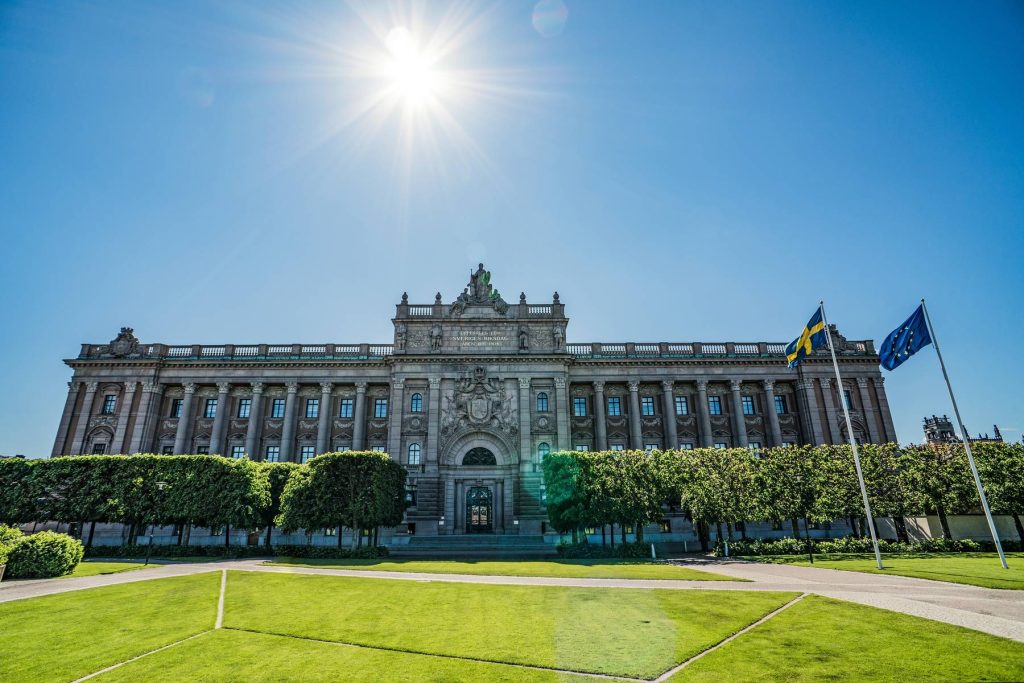Even the largest brands occasionally struggle with image crises, the news of which spreads incredibly quickly through traditional or social media. Not every “slip-up” leads to a crisis, but to prevent the loss of trust among customers, it’s worth preparing appropriate procedures. As the examples of many companies show, in crisis management, not only time matters but also creativity, thanks to which even the biggest deadlock can be turned into success. – Katarzyna Kiełbasińska, Agata Rybus
Crisis Management – Cafe Nero: A Company with a Human Face
A widely known example is the “meringue crisis” of the Green Cafe Nero coffee shop chain, which occurred in June 2018. Due to the heat and a disruption in the refrigeration chain, salmonella bacteria got into the creams, causing serious health problems among dessert enthusiasts under the cafe’s banner. Some experienced severe food poisoning at home, but several customers ended up in the hospital. Soon after receiving the first reports of poisoning, the company took action. Just two days after the first cases appeared, the chain issued a statement via social media channels, informing about cases of stomach discomfort reported by customers, the corrective actions taken, and asking all affected individuals to contact them. Many comments appeared under the statement, including new reports of poisoning. Profile coordinators didn’t leave any comment unanswered, and it wasn’t the well-known “copy-paste.” Each response had unique content, effectively calming emotions and allowing customers to feel that the company wasn’t avoiding responsibility.
A day after the statement was published, a video appeared on the company’s social media channels in which Adam Ringer, the modestly dressed creator and CEO of the chain, apologized to customers for the situation. His apologies weren’t a speech prepared by a team of PR professionals but a simple statement of a person genuinely embarrassed by the situation and concerned about the health of customers. Here we see that the company chose to forgo the usual practice in such cases of hiding behind a safe veil of anonymity or a suitably trained spokesperson. By speaking out, Ringer showed that the Green Cafe Nero chain has a human face, composed of empathetic people who are willing to admit mistakes and take full responsibility for their consequences. As expected, the video immediately met with public approval. Customers wrote that they wouldn’t abandon their favorite coffee shop and were grateful for the admission of guilt and apology.
How a Crisis Becomes a Meme
Another example of good crisis management is mBank’s mistake, which occurred in 2020. Bank customers received three push notifications on their phones, which looked like this:

The mysterious notifications were a test of push messages that were mistakenly sent to customers instead of remaining in the test area. Confused account holders began to publish screenshots en masse in specialist groups in search of answers, which of course exacerbated the wave of the image crisis. What did mBank do in this situation? Similar to Green Cafe Nero, the bank first apologized to customers, while also asking for patience and refraining from logging into accounts, which significantly slowed down server operations. Outraged customers flooded the internet with a mass of unfavorable comments, including a promise to change their banking service provider. It seemed that mBank would have to fight hard to defend its years of built-up reputation as a trustworthy company to entrust savings to. However, what happened next made even the most hostile opinion leaders laugh at the entire situation. Right after the wave of comments, a wave of funny memes appeared on the internet, gaining popularity rapidly. Other companies quickly caught on to the mistake and immediately, in a humorous way, used it in their own product and service communications. Below are a few examples, including the first one authored by mBank’s PR department:

One clarification in this matter probably wouldn’t have been enough. Crisis management should be multidimensional. In this case, mBank’s social media and PR departments decided to join the “jesting” internet users with a symbolic logo change and a humorous post on Facebook.
Despite the radically different situation, mBank, like Green Cafe Nero, chose to show a human face. Using modern internet communication tools, the company turned its own “slip-up” into a joke. At the end of the crisis, mBank ventured to summarize it, which it posted on its LinkedIn profile:

Not all crises are equal, and each case requires an individual approach. The examples presented show that in difficult situations, showing the “human face” of a company works well. Depending on the context, these can be sincere apologies and expressions of remorse and concern for customers or humorous distancing from one’s own “mistake.” However, efficient, thoughtful action, and creativity are crucial. In the age of social media and incredibly fast flow of information, transforming a minor setback into a serious crisis is easy. On the other hand, many crisis situations have no impact on business, and “slip-ups” are often unnecessarily exaggerated by their authors, who, fearing harmful reactions from the public, prefer to act earlier. This then leads to an unintended escalation of the problem, which could have gone unnoticed altogether. It’s worth considering this as soon as there’s a risk of damaging the company’s good reputation. Perhaps it’s worth holding back on actions and waiting for the situation to develop?
As can be seen, a crisis can be caused by both external factors, such as malfunctioning freezers and microbes, and human error. Regardless of the origin, when running a company, it’s worth thinking ahead about all moves and thus eliminating potential threats. Mapping potentially problematic areas of activity and their careful, daily monitoring is the best crisis action.








